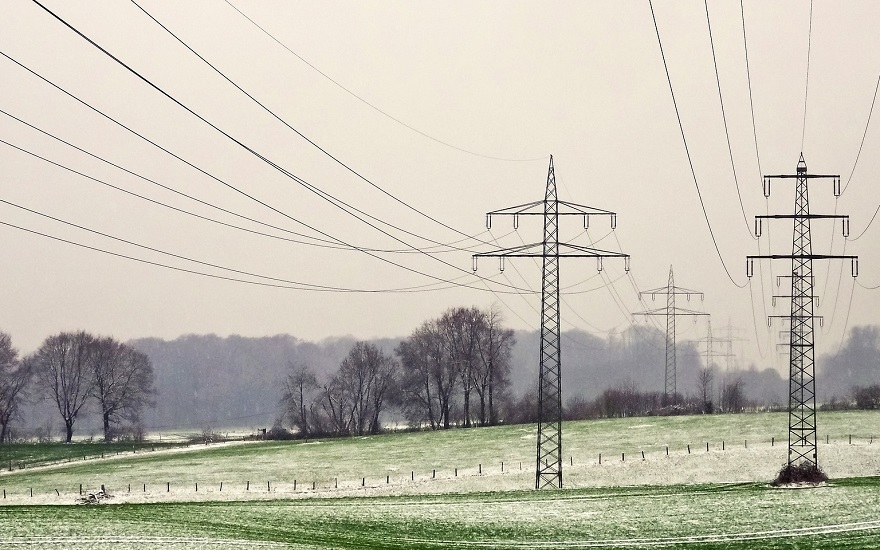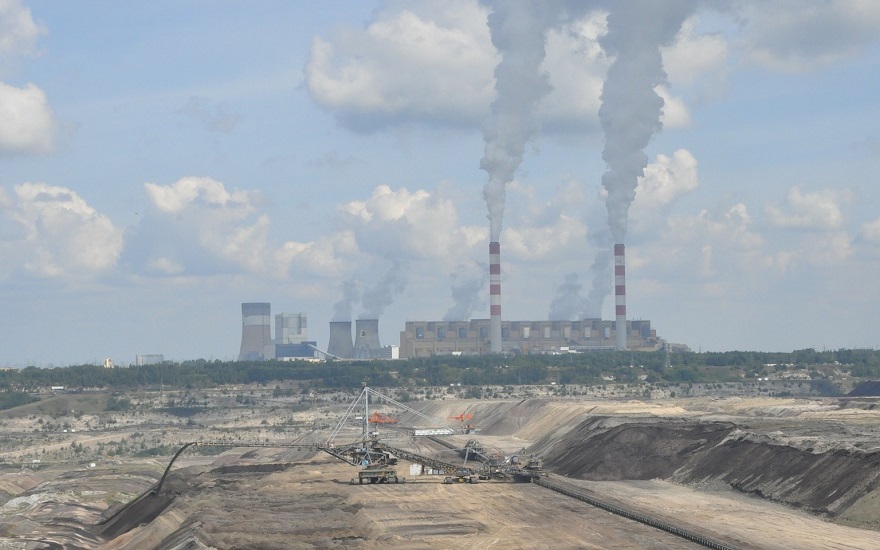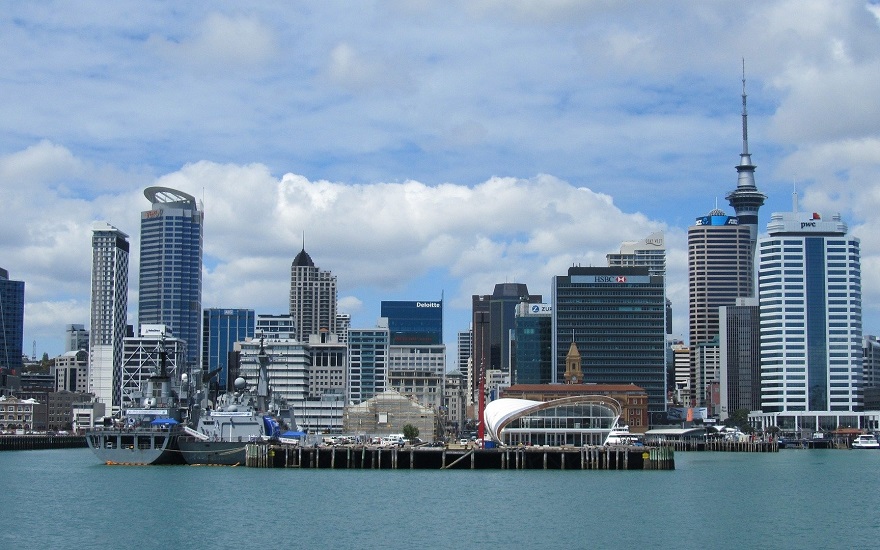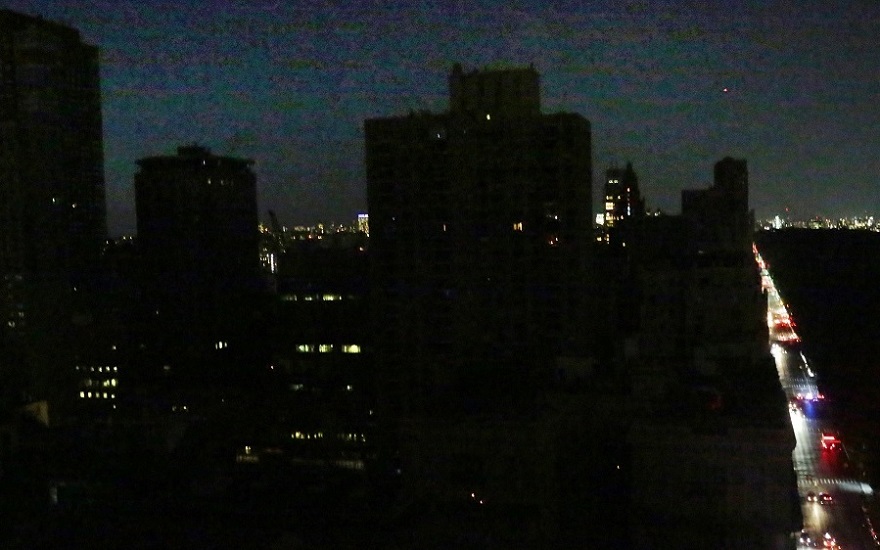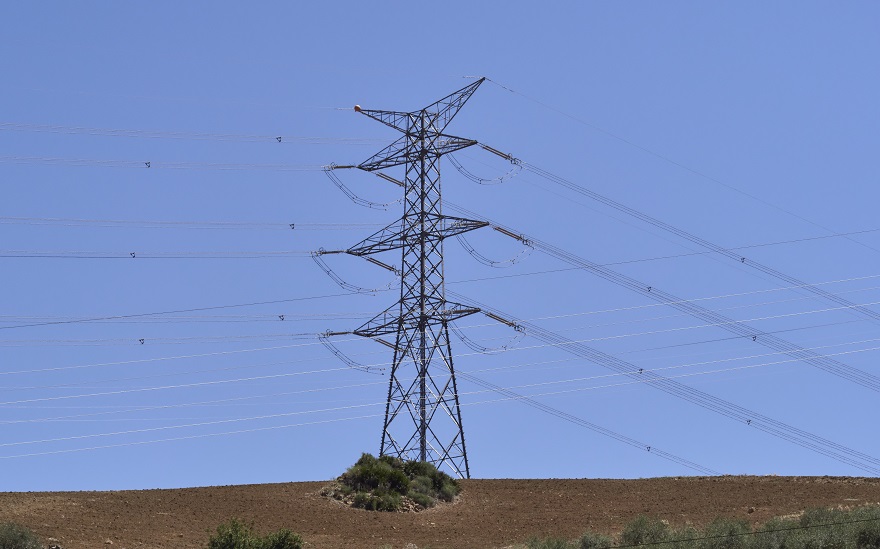Electricity network operator National Grid ESO releases its Winter Outlook 2020.
This year’s analysis comes amid huge uncertainty, with both the ongoing coronavirus pandemic and the end of the EU transition period factored into calculations.
The ESO believes the latter will result in “no additional operability or adequacy challenges this winter”, with energy trading over interconnectors with other European nations agreed well in advance.
However, COVID-19 figures prominently in National Grid’s thinking.
The pandemic saw a huge reduction in electricity demand – as much as 20% – during spring and early summer. While power consumption has slowly increased again in recent months, the ESO predicts a 5% drop in demand over winter compared to pre-COVID times.
It has also modelled the impact possible local and national lockdowns may have on demand for electricity:
- Potential impact of many local lockdowns: 10% overall suppression in demand
- Potential impact of a full national lockdown: 15% overall suppression in demand
National Grid ESO’s modelling is based on neither of the two more severe cases lasting for more than a month. This appears somewhat optimistic based on current events.
While the end of furlough later this month is anticipated to bring “some economic shock”, the system operator only estimates that it will cause an extra suppression of 0-2% in power demand.
Overall, Winter Outlook 2020 states normalised transmission system demand will peak at 44.7 GW, lower than the 46.4 GW predicted last winter. Minimum demand is said to be 19.6 GW, assuming no interconnector exports overnight.
Around 4.8 GW is the forecasted surplus power margin. This too is lower than last winter but within the acceptable limits.
Power plant closures of up to 2.25 GW will also impact any operating surplus this winter.
Announcing Winter Outlook 2020
“The impact of the COVID19 pandemic has been widespread. Over the spring and early summer, with the country in lockdown, we saw record low demands on the electricity system.
“We implemented measures to ensure UK consumers continued to receive secure and reliable electricity supplies during these uncertain times.
“While electricity demand has recently started to recover to near normal levels, we anticipate continued uncertainty over the impact of the pandemic on our daily lives through the winter.
“Margins on the electricity system will vary through the winter – driven by many factors including generator outages, demand levels and renewable output levels.
“Overall, we expect that margins will remain within the reliability standard for safely and securely operating the system.”
– Fintan Slye, Director of National Grid ESO
Power Problems Before Winter?
Interestingly, the latest analysis came just days after National Grid ESO issued a warning that electricity would likely be in short supply for several days.
It revealed a string of unplanned power plant outages and unexpectedly low wind speeds had reduced its usual reserve capacity.
Unusually low wind output coinciding with a number of generator outages means the cushion of spare capacity we operate the system with has been reduced. We’re exploring measures & actions to make sure there is enough generation available to increase our buffer of capacity [2/3]
— National Grid ESO (@ng_eso) October 14, 2020
This notice followed a similar alert in September, where the system operator posted an official warning to the electricity market that its reserves had dropped below 500 MW.
During the coronavirus pandemic, it has actually been an oversupply of electricity that has posed the grid more problems than a lack of power.
With commercial electricity demand plummeting during ongoing periods of lockdown and restrictions, it’s been a tricky task to ensure there’s enough inertia in the system to keep grid frequency balanced and within safe limits.
